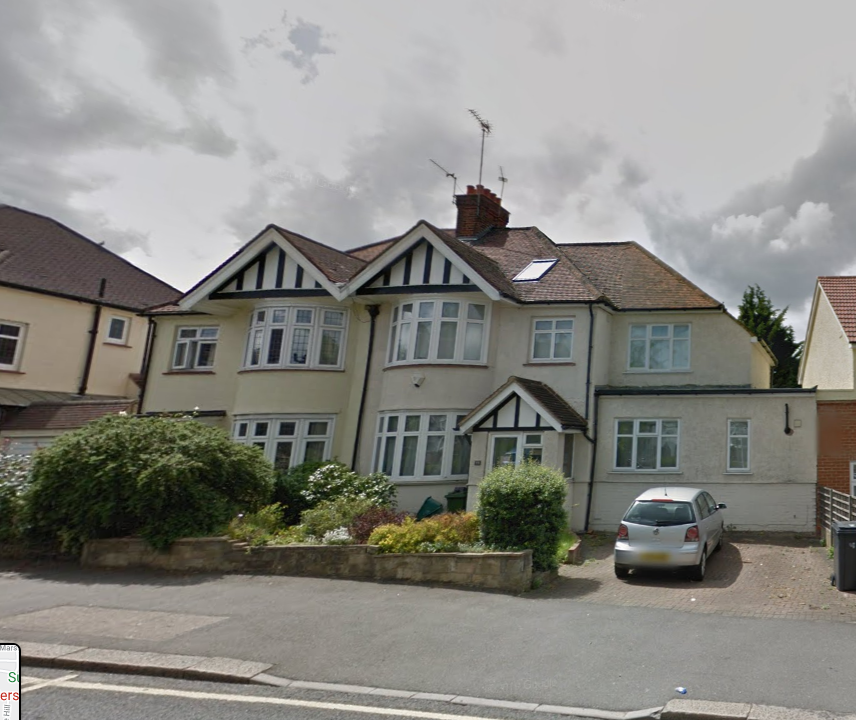Back in 2012 the NPPF included an important paragraph.
To deliver a wide choice of high quality homes, widen opportunities for home
Para 50 of the 2012 NPPF
ownership and create sustainable, inclusive and mixed communities, local
planning authorities should:
● plan for a mix of housing based on current and future demographic
trends, market trends and the needs of different groups in the community
(such as, but not limited to, families with children, older people, people
with disabilities, service families and people wishing to build their own
homes);
● identify the size, type, tenure and range of housing that is required in
particular locations, reflecting local demand; and
● where they have identified that affordable housing is needed, set policies
for meeting this need on site, unless off-site provision or a financial
contribution of broadly equivalent value can be robustly justified (for
example to improve or make more effective use of the existing housing
stock) and the agreed approach contributes to the objective of creating
mixed and balanced communities. Such policies should be sufficiently
flexible to take account of changing market conditions over time.
This paragraph was important because it provided the Council’s with the legislative backing to seek to control HMO’s. Sustainable, inclusive, mixed and balanced communities were the soundbites repeated in many planning decisions up and down the country where the Council has otherwise sought to refuse an application for an HMO. At no other point within the NPPF did the Council have a leg to stand on however the paragraph was just about vague enough to suggest that somehow the Government of the day wanted to create mixed and ballanced communities.
Roll on to the 2021 NPPF and para 50 is gone and is replaced by Para’s 60-63 of the framework which state:
To support the Government’s objective of significantly boosting the supply of
homes, it is important that a sufficient amount and variety of land can come forward
where it is needed, that the needs of groups with specific housing requirements are
addressed and that land with permission is developed without unnecessary delay.To determine the minimum number of homes needed, strategic policies should be
informed by a local housing need assessment, conducted using the standard
method in national planning guidance – unless exceptional circumstances justify an
alternative approach which also reflects current and future demographic trends and
market signals. In addition to the local housing need figure, any needs that cannot
be met within neighbouring areas should also be taken into account in establishing
the amount of housing to be planned for.Within this context, the size, type and tenure of housing needed for different groups
in the community should be assessed and reflected in planning policies (including,
but not limited to, those who require affordable housing, families with children, older
people, students, people with disabilities, service families, travellers, people who
rent their homes and people wishing to commission or build their own homes).Where a need for affordable housing is identified, planning policies should specify
Paras 60-63 of the 2021 NPPF
the type of affordable housing required, and expect it to be met on-site unless:
a) off-site provision or an appropriate financial contribution in lieu can be robustly
justified; and
b) the agreed approach contributes to the objective of creating mixed and
balanced communities.
A broad brush notion of mixed and balanced communities for all has been replaced with the scalpel within para 63 which refers solely to mixed and balanced communities in relation to affordable housing only. Indeed paras 60, 61 and 62 take a different approach instructing LPA’s to render support where inter-alia:
Para 60: the needs of groups with specific housing requirements are addressed
Para 61: reflects current and future demographic trends and market signals
and
Para 62: the size, type and tenure of housing needed for different groups in the community should be assessed and reflected in planning policies (including, but not limited to…students, people with disabilities…people who rent their homes…)
With this change in focus where does it leave the legislative support for control of HMO’s? Put simply the 2021 NPPF includes no policy relating to HMO’s positive or negative and no mention of control for this use class at all. As such it remains for the council’s to somehow glean continuing support from the new NPPF.
The silence or otherwise within the amended NPPF is deafening however the clear message is that the stalwart of mixed and balanced communities has now apparently been removed.
Further for those authorities seeking to remove Class L via an Article 4 Direction the new NPPF presents bad news to those council’s seeking a council wide control stating:
The use of Article 4 directions to remove national permitted development rights
Para 53 of the 2021 NPPF
should:
• where they relate to change from non-residential use to residential use, be
limited to situations where an Article 4 direction is necessary to avoid wholly
unacceptable adverse impacts (this could include the loss of the essential
core of a primary shopping area which would seriously undermine its vitality
and viability, but would be very unlikely to extend to the whole of a town
centre)
• in other cases, be limited to situations where an Article 4 direction is
necessary to protect local amenity or the well-being of the area (this could
include the use of Article 4 directions to require planning permission for the
demolition of local facilities)
• in all cases, be based on robust evidence, and apply to the smallest
geographical area possible.
The first new Article 4’s post July 2021 have directed their efforts to the smallest geographical area possible isolating individual streets or properties and so it seems that the LPA’s have heeded the Governments warning’s that a blanket removal of the Permitted Development toy box will not be tolerated.


